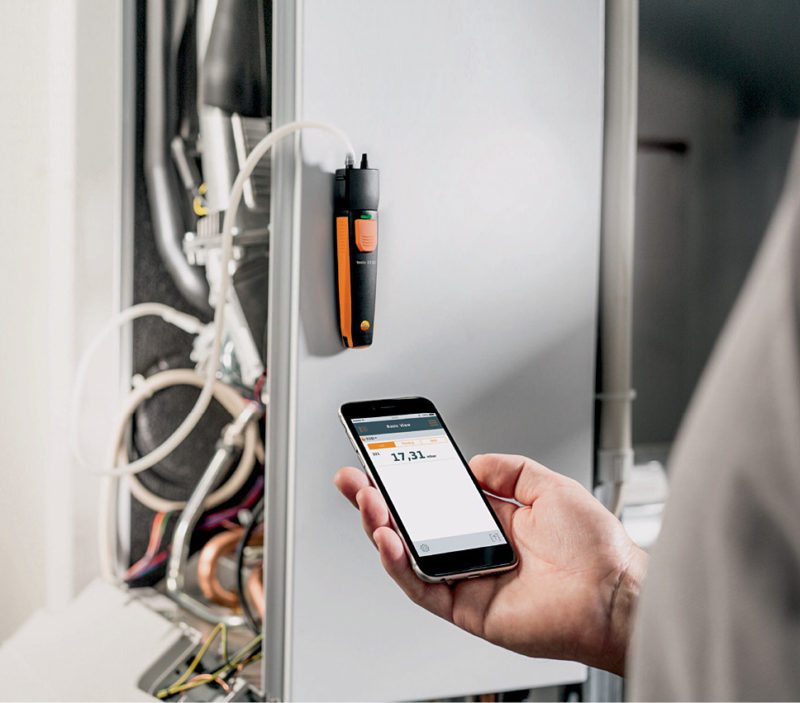Around a year ago, EFY had done a story on how wireless connectivity and smartphone applications were driving the transition to smarter testing. Connectivity has improved with the availability of low-power and small form factor wireless communication modules that make it easy to integrate new wireless features into devices. Adding on a layer on top of this is the easy availability of access to these devices using everyday gadgets like smartphones, tablets or portable computers.
This trend still continues today through the use of mobile devices and Cloud. Let us take a look at the top three features that are being enabled by it.
Enhancing productivity
While tethering a data-acquisition device to a portable computer is nothing new, the powerful smartphones available today enable a lot more than mere monitoring. A spokesperson from the test and measurement (T&M) industry had told us in a previous interview that Wi-Fi-enabled test instruments could very well become a standard in a few years time.
Why? Communication of various instruments on a common platform via wireless connectivity enables remote operations, monitoring and logging of parameters, which help improve user productivity while testing. Today, there are many instruments available that come with integrated wireless connectivity features and enable collection and export of reports in multiple formats, including comma-separated values and PDFs.

Multi-device test monitoring
Wireless connectivity solutions on devices like Fluke’s CNX 3000 allow you to measure from multiple devices. There are also options to add Bluetooth functionality to test equipment by using adaptors such as U1117A from Keysight.
Testo’s smartprobes allow users to connect up to six smartprobes at a time from a distance of 15 metres. Multiple readings available simultaneously allow troubleshooters to see cause and effects of tuning and changes done remotely. This greatly enhances the effectiveness of the engineer attempting to troubleshoot the device under test.
FLIR’s DM93, too, features wireless functionality connecting two sets of devices—FLIR thermal cameras and mobile platforms—all via Bluetooth.
Remote measurement and control
Using smartphone apps for test equipment is a very interesting concept. It essentially means that engineers with a phone in their pockets have the equivalent of, to put it in engineering parlance, a pocket-size human-machine interface.
While Tektronix launched their Oscillo analyser back in 2013, newer apps now support the ability to load waveforms to a specific channel while these are away from an arbitrary waveform generator, or to even remotely connect to an oscilloscope.
In 2016, Testo’s app took things further. It allows engineers to use their mobile devices as a remote control and measurement centre. This allows manually-driven operations to be controlled and viewed from the smartphone, thus making the process easier and reliable.
What next
We have already reached the stage of advanced communications and smartphone-app-enabled monitoring and control. The next step could very well be into automation of even more processes related to testing, so that test engineers can focus on only the intellectual challenges that arise.
Dilin Anand is executive editor at EFY. He is B.Tech in ECE from University of Calicut, and MBA from Christ University, Bengaluru








